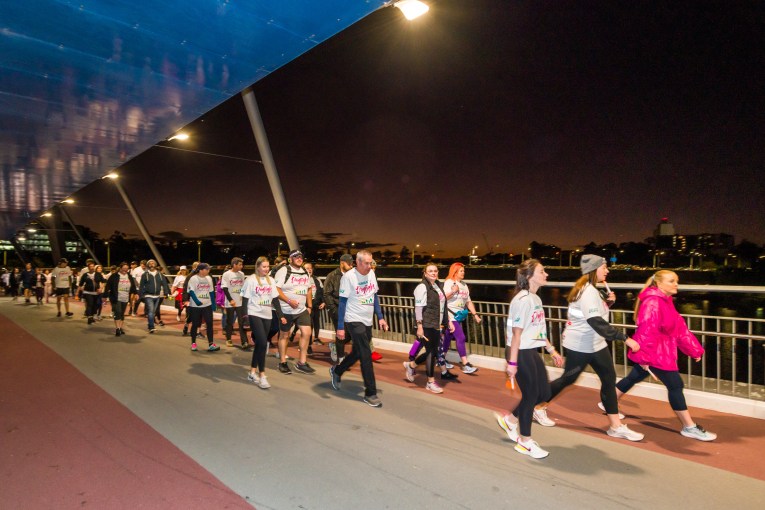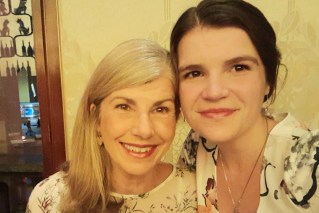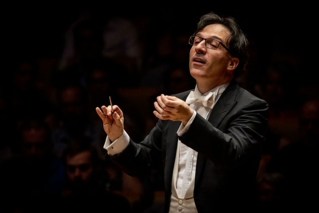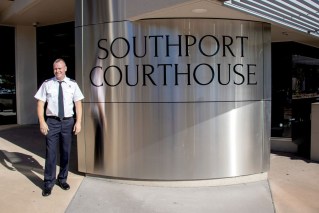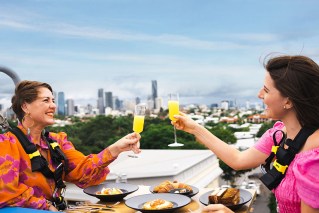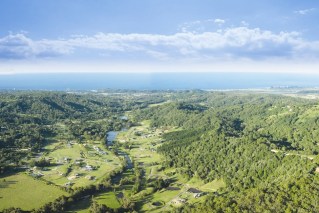
Welcome to one of the most biodiverse cities on the planet
Introducing the blue and green behind the Gold Coast. The Gold Coast is cementing its position as not only one of the most biodiverse cities in Australia but is within one of 36 biodiversity hotspots in the world.
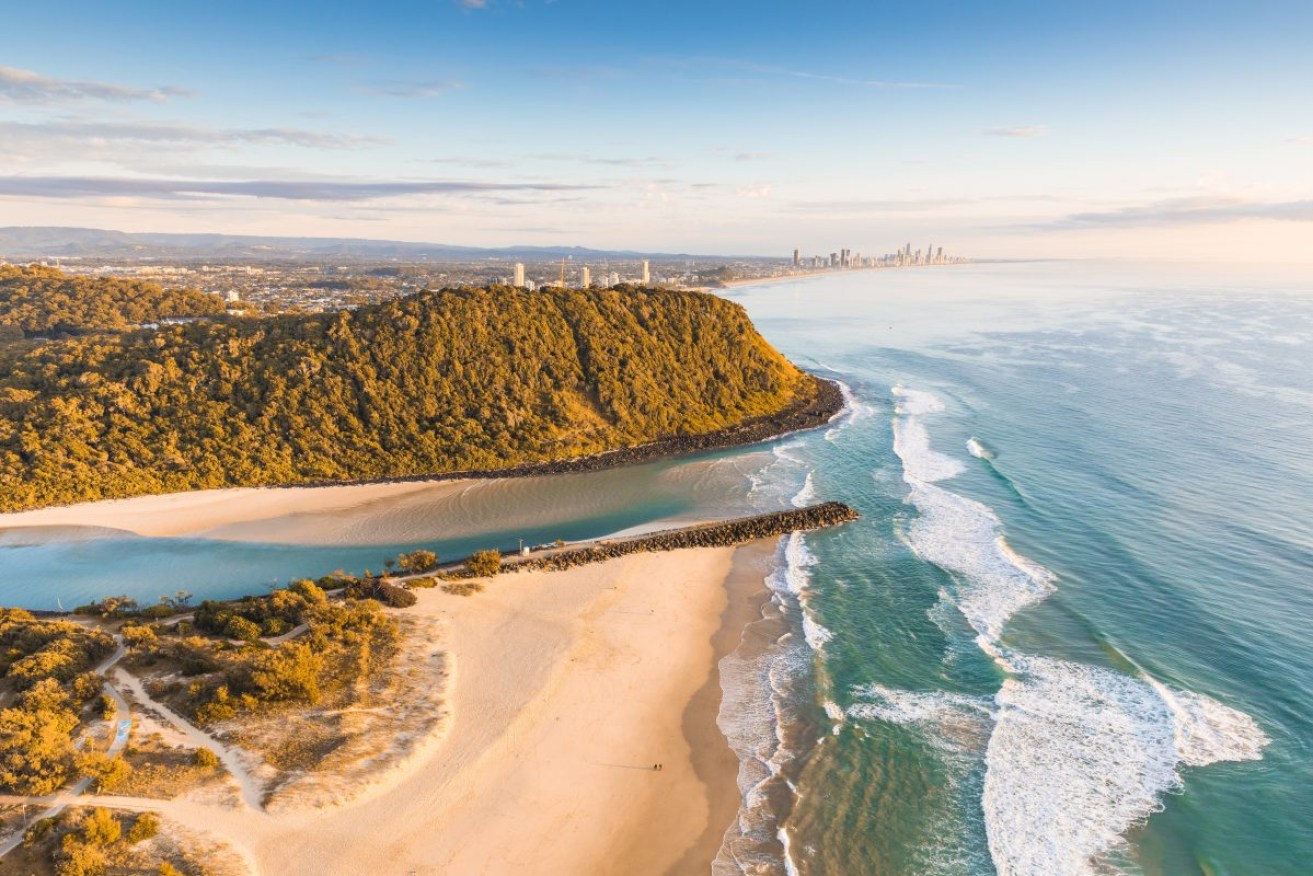
A sunrise chopper flight captures the green and gold
Boasting more than 6000 species of native animals and plants, over 50 per cent of land covered in native vegetation, the City of Gold Coast has deployed a slew of programs in relation to wildlife conservation.
One of the major initiatives is the Our Natural City Strategy (ONC) 2032 which has been co-created with partner sectors and the community to ensure actions protect the city.
Griffith University’s School of Environment and Science Professor Catherine Pickering said their Gold Coast campus – which acts as a microcosm with more than 240 native plants on site – was one of the stakeholders in the ONC.
“The key thing is that the Gold Coast is in a fabulous geographical position with the southern most extent of tropical species such as orchids, a whole lot of more temperate species like Antarctic beeches, and in the middle of a sub-tropical zone,” she said.
“We’ve got beaches, eucalypt forests, marshes, mangroves and wetlands and that gives us this enormous range of plants and animals adaptive to these kinds of environments.
“There’s a huge amount of benefits natural environments give us from basic concepts such as protecting the soil, cooling the environment and giving us quality water through filtration.
“At the same time, they do us an enormous amount of good such as going into a National Park and sitting under a tree. Just think what that tree is doing for you.”
Pickering said both the Gold Coast’s Ramsar Wetlands and World Heritage Listed Gondwana Rainforest – home to 3000-year-old Antarctic beech trees – were recognised internationally.
“For both businesses and residents there’s a huge amount of benefits that natural environments give us. It’s about basic concepts such as protecting soil, cooling the environment and enabling quality water,” she said.
“There’s also a huge amount of health and wellbeing benefits from being in nature and it also saves us so much money with things like wetlands harvesting storm water and keeping it in the soil, restricting silt and providing a habitat for birds.
“For people who want to do more, get out there and enjoy nature, grow native plants, participate in events being run by the City of Gold Coast and community groups.
“One of the things which is fantastic is seeing how the City of Gold Coast is continuing to expand and engage green solutions.
“How lucky are we to live in such a plentiful place. To give you an example, there are more types of plants on the Gold Coast than the whole of Great Britain.”

Natural Bridge at Springbrook
The Gold Coast boasts 171km of navigable waterways, which is more than Venice, and five major river systems with 523km of rivers and streams – measuring farther than the city to Bundaberg.
There’s also 52km of beaches brimming with marine life, 758km of bush trails and more than 5000ha of mangrove wetlands estimated to store around 2.75m tonnes of carbon.
Of the animals recorded on the Gold Coast, more than 72 are listed as threatened species which means they are at risk of becoming extinct. The City has identified 100 native plant and 30 of our local native animals as priority species for conservation. There are also more than 150 species that have been identified as city wide significant species.
Locally focused actions are required to safeguard their presence within the Gold Coast. This includes identifying and prioritising conservation actions to help with species and habitat recovery; improving conservation success rates; enhancing biodiversity; and productive use of resources.
The City is also focused on purchasing significant parcels of land to ensure the long-term viability of wildlife corridors and priority species.
Sites are secured in critical locations such as corridor pinch points; areas of priority species habitat; linkages between high values strategic and natural area; and conservation areas that are under greatest threat.
Landholders are also offered a range of support programs from bushland health checks and land for wildlife to restore and protect native habitat on their properties, to voluntary conservation agreements and a nature conservation assistance program.

Fishing at Tallebudgera Creek
The specific importance of the koala population on the Gold Coast is recognised by helping to reduce threats; monitoring local populations; and engaging with and empowering the community to help protect these marsupials.
Koala habitat and threats are protected by:
- regulating development through the City Plan
- buying and protecting land for koala habitat
- restoring koala habitat as part of the natural area management program and community tree planting events
- implementing programs for landholders with nearly half of the city’s koala habitat on privately-owned properties
- working with Wildcare Australia and Currumbin Wildlife hospital to manage sick and injured koalas
- reducing koala vehicle strikes by working with road authorities on mitigation actions, such as installing fauna crossings and raising driver awareness
- reducing the number of koala and dog encounters by raising the awareness of dog owners, and requiring those who live in a koala area to make their property safe
- managing pest plants and animals

The Gold Coast offers the best of all worlds for animals, plants and people
The construction of the Greenheart is underway, a 252ha park in Robina – which will be the largest open space and recreational facility project ever undertaken by the City.
The $21.5 million first stage, which is expected to be completed in early 2025, will include playgrounds, barbecues, picnic areas, events’ lawn and water play area.
